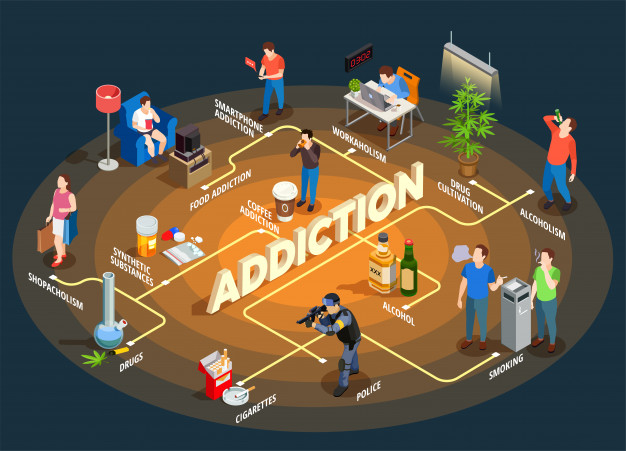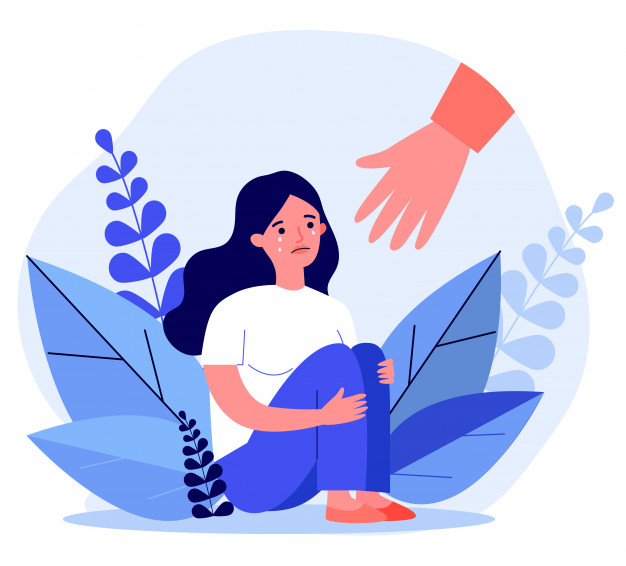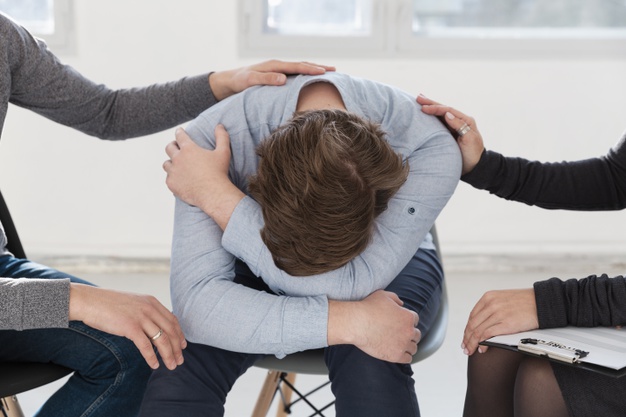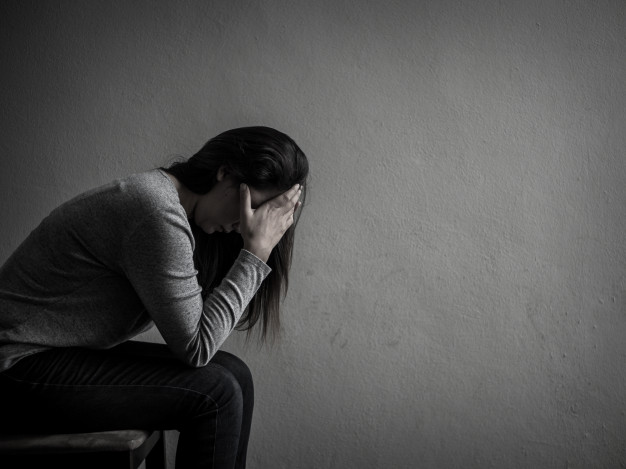
Seeing some odd behavior from someone or on yourself can be very hard to watch. Choosing to help yourself is a very big step forward. Witnessing someone close to you struggle with this problem is certainly not easy, but if you spot this problem on time, you can help them. You must lead either yourself or someone close to you to the right treatment facility.
Helping someone who is struggling with this problem can be challenging, but rehabhelper.co.uk can help out in this case.
Definition of addiction

Addiction is defined as a chronic disease that affects the brain’s chemistry, mentality, motivation, and overall a person’s behavior. People with an obsession with substances often choose their cravings for them over people who are most dear in their life.
Obsession isn’t only categorized as substances, it can also be strung to gambling, shopping, video games, working, exercising, and many other everyday activities and needs. But whichever type of addiction it is, signs have to be noted and seen on time to offer treatment.
General and most visible signs of addiction are no socializing, no control over the use of the substance, no motivation in life, and physical symptoms.
Addiction is divided into social, physical, and psychological symptoms. They usually all show together, but in some cases, only some symptoms will show, while others are hidden by the individual. Hiding symptoms can be dangerous, because a friend or family member, anyone close to them, won’t be able to recognize the problem.
Social symptoms

An individual with an obsession with substance use can lack socializing with people or even going outside for some fresh air. If they get invited to social gatherings, they will most likely reject the offer.
This stage in addiction appears pretty early and by this point, you should stay pretty alert of the person’s actions. Be sure to monitor them at all times possible, just to ensure they don’t hurt themselves or anyone around them.
Making sure they have enough supply is very essential for them. If they don’t have enough or their supplier decides to cut them off, they can get very aggressive at this time. Aggression is one of the more dangerous and hard to get rid of symptoms.
Cutting off hobbies and everyday activities is also an early symptom that can be treated on time with the right treatment. At this point, lying is the individual’s way of escaping what they see as judgment and they will lie about anything just to get some satisfaction with their substance, whether it’s nicotine, alcohol, marijuana, cocaine, and many other substances.
In this group also comes the legal problem. If the individual is fixing their cravings through illegal ways, getting caught by the authorities can lead to time in prison. This must be avoided at all costs, which is why these people should never be left alone at any time of the day.
Physical signs

People who suffer these obsessions will have a lot of physical tells on their bodies. For example, the person’s entire image changes as they appear more tired, don’t show any care in hygiene, many mood swings, and overall unbothered attitude.
Their appetite will change to the point where they barely eat anything. This is because their cravings for their obsession covers food cravings. Following this comes insomnia during withdrawal. Because the body is so used to staying up for days from all the energy of the use of drugs, the body will still act as if it still needs to stay awake at all times.
Other withdrawal symptoms include violence, diarrhea, seizures, sweating, cravings for their substance of choice, and many others.
Psychological symptoms

The human psyche is very hard to understand and this takes part in someone’s addiction big time. Because of their constant need for more use of drugs, the body becomes accustomed to them and makes it even harder to withdraw from the drugs.
If an individual is having health problems, their need for ingesting their main obsessions is bigger than getting a doctor’s opinion or help.
Over time, the body becomes used to the same dosages of the drugs, so after some time the effects of them become weaker. The individual then needs to take bigger and bigger intakes just to feel stronger effects. This is a dangerous symptom because if the individual oversteps the recommended dosage, it could lead to an overdose.
The only way of dealing with everyday problems, such as arguing with someone or having many chores or errands to run, is to cope in an unhealthy way by using more and more substances to the point of not even thinking about anything else. This is their way of escaping reality. This way of coping can lead to long-term problems or consequences, such as ruining relationships, losing a job, potential jail time for use of illegal activities, infectious diseases, and so many other problems.
At some point, the need for this obsession becomes so strong that if they run out of cash, they’re willing to trade anything they can for a small amount to satisfy their constant cravings.
One of the symptoms all these types share is denial. Denial is one of the most dangerous ones. If the person who is struggling with addiction can’t see their problem or won’t admit to it, aggression and violence can appear in their behavior. Although their denial, people close to them can see the problem, and their approach to it should be adequate.
All of these symptoms and signs vary from one type of addiction to another. Depending on what the individual is hooked on, also depends on their treatment. Every addiction is treatable and this is one of the reasons to hold onto hope and help anyone who might need it.
Dealing with addiction is definitely not easy. But once you notice the aforementioned symptoms in loved ones or yourself, the most important thing is to find the best way to fight them. We do advise you to visit a professional for this issue and only visit websites for additional help. We do hope our article was of any help to you.












